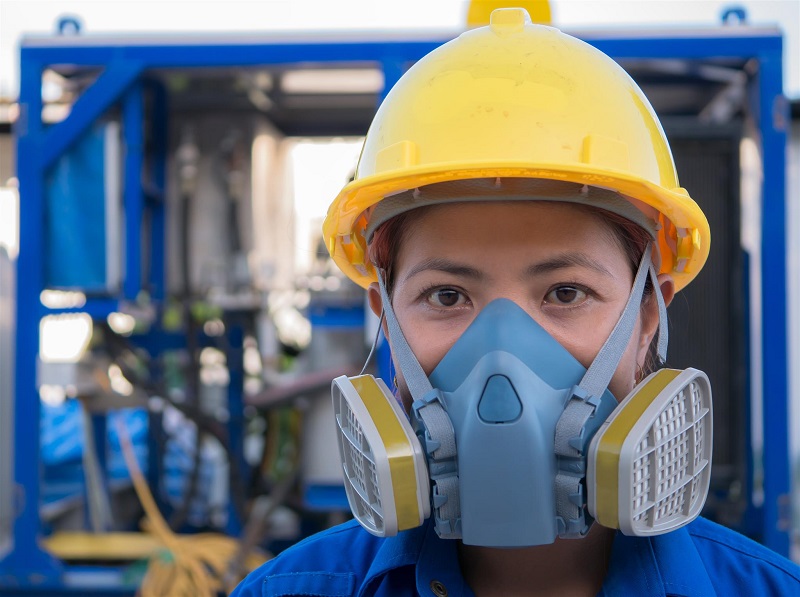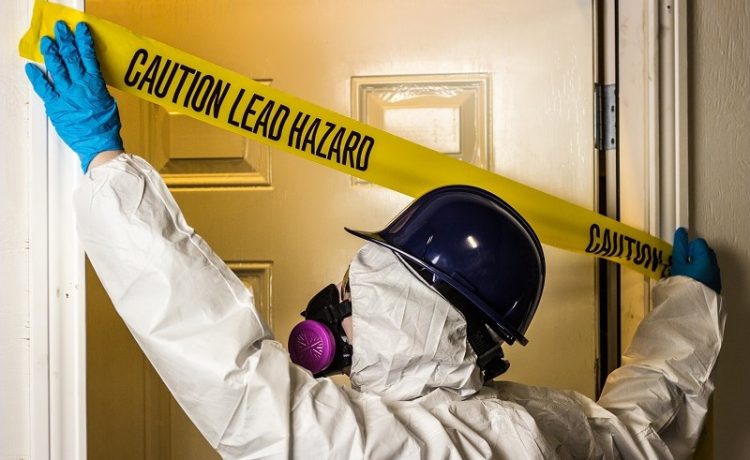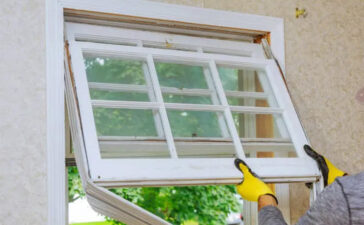Asbestos is a heat resistant mineral that was earlier very popular for manufacturing insulation in drywall, popcorn ceilings, vinyl floor tiles, coverings of pipes and ducts, etc. But with increased health risks being associated with it, people are planning for asbestos removal from their properties. Although it may not cause any harm if left undisturbed, over a period, it can become brittle and crumble and can release very fine asbestos fiber that is harmful to health. Inhaling or ingesting the same may lead to asbestosis, asbestos lung cancer, mesothelioma cancer, and pleural plaques.
The removal can be done by some listed professional companies, but all of them may not be similar in their removal techniques. While some offer complete removal, others may provide demolition services, general contracting or environmental services. Some aspects must be known for selecting a good asbestos removal company, and some of them are discussed here for reference.
-
The type of work –
Asbestos removal is a very specialized process, and everyone may not be deft enough to handle the requirements. There are specifically three types of removal companies – Class I, Class II, and Class III. Class, I work consists of removing asbestos-containing materials from heat-conducting surfaces. Class II work consists of removing asbestos from non-thermal materials like floor tiles, roofing, construction mastics, and wallboards. Class III removal involves repair and maintenance operations that can disturb asbestos-containing materials.
-
The quality of workmen for the job –
An asbestos removal firm must have trained workers on its rolls who can carry out the job with enough preparations in the work area. They must have adequate training in removal activities, they must be conversant with decontamination procedures, and they must have proper knowledge of handling and disposing of waste asbestos. They should also know how to prepare decontamination units so that the same can be installed when needed at the site. Personal protection cannot be discounted while handling asbestos, and workers must be trained in using protection equipment like protective clothing and respirator.
-
Understanding the removal process –
The asbestos removal process starts with a visit to your site by a certified asbestos inspector. The inspector will visit the site and take samples of the suspected mineral. Then it is analyzed at a lab to determine the seriousness of the problem and that can lead to multiple site preparations for the final removal.
-
The preparations for removal –
After determining the work area, all electrical and HVAC systems are disabled for complete asbestos removal. A new electrical system is then set up that can provide negative air pressure to get rid of any contamination. Thereafter, decontamination enclosure systems must be set up and any gap or openings within the area have to be sealed tightly. A vacuum with HEPA filter is then used on non-movable objects within the area and the immobile items are then sealed tightly with duct tape.

Finally, asbestos-containing trash must be secured in leak-tight containers with proper labels and transported to qualified landfills from where fibers of the mineral cannot get exposed into the air.
-
There are guidelines for vehicles also –
Vehicles that transport the asbestos debris from a site to a landfill must meet certain criteria, as there can be chances of leakage and contamination during transport. There are specific labeling instructions and other mandatory requirements that must be met by them during transit.
People looking for an asbestos removal company must make sure that all these conditions and guidelines are met correctly so that there will be no chance of any asbestos contamination after the job. If these steps and guidelines are followed, an asbestos abatement process can be a very satisfactory experience for all.









